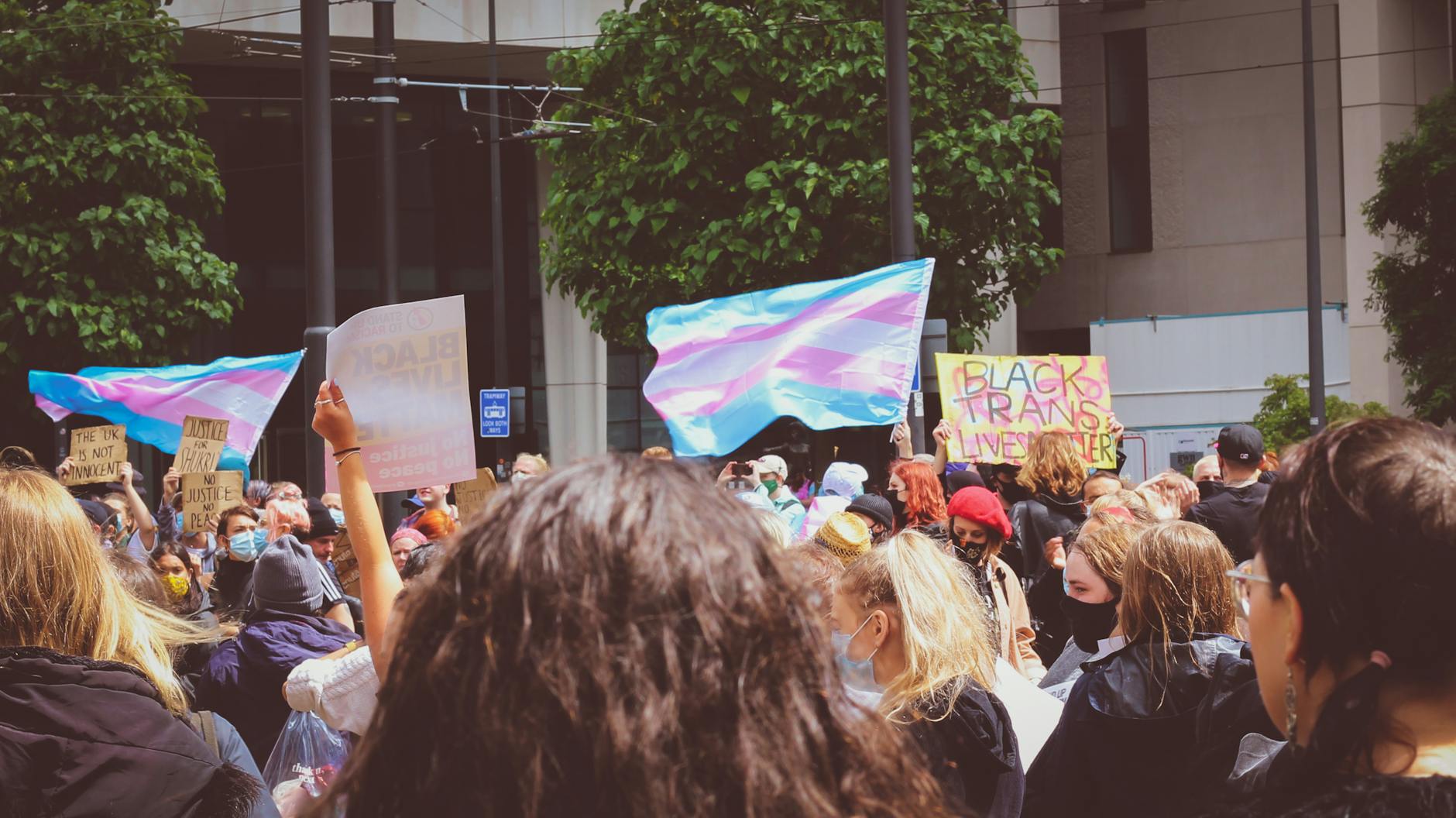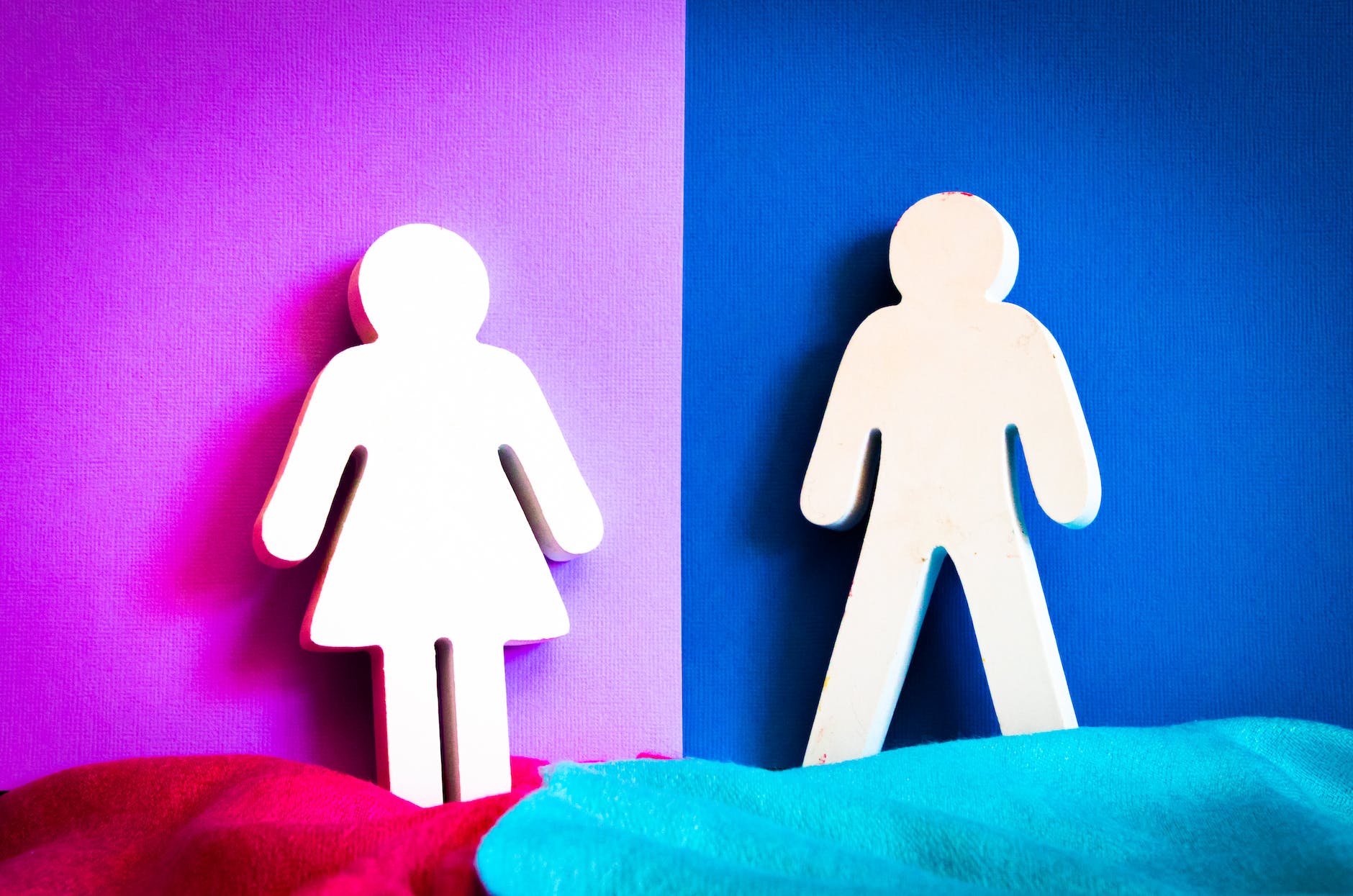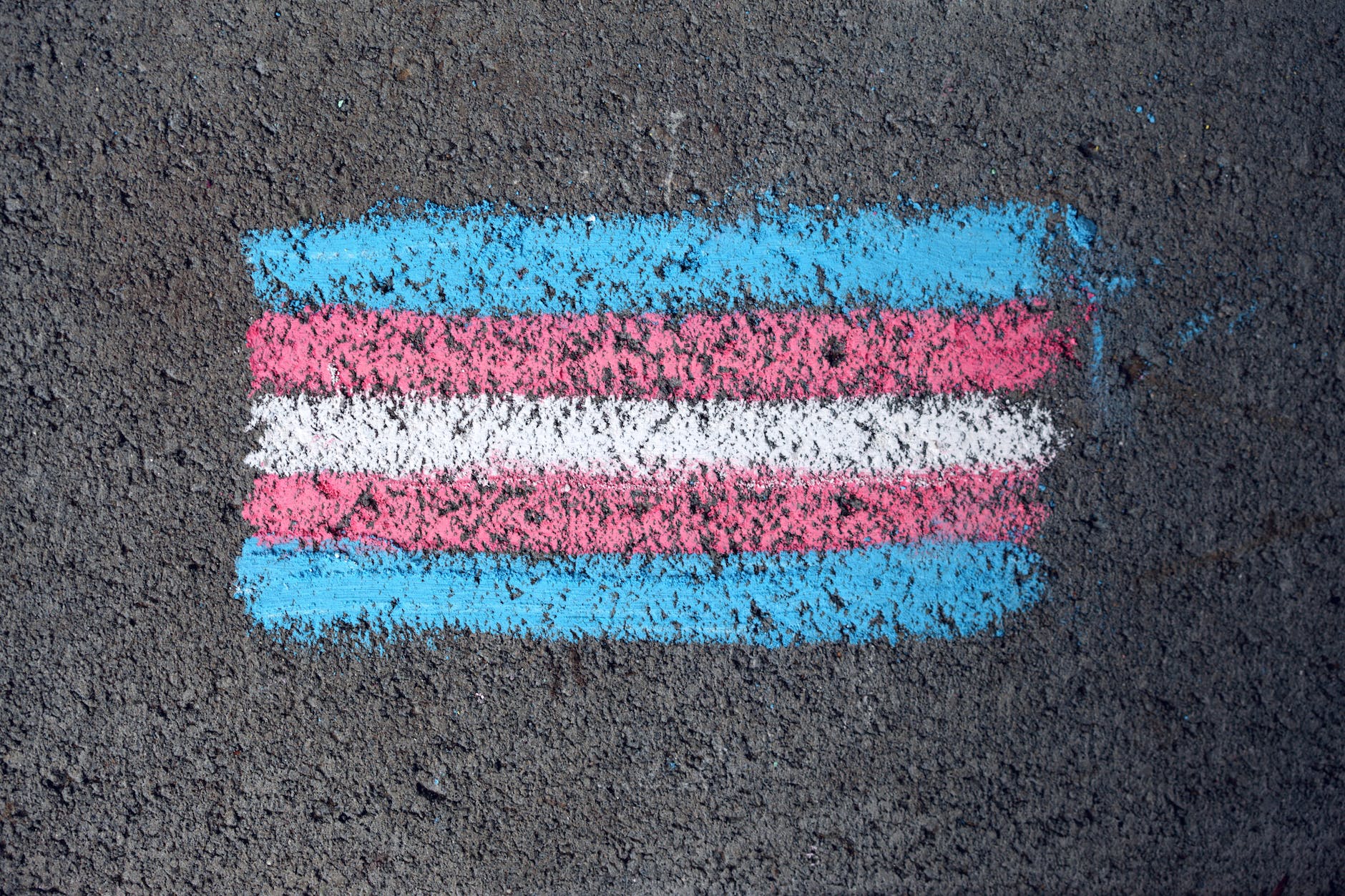Transgender Journaling Guide: 10 Tips to Document Your Journey and Embrace Self-Compassion
Journaling your transgender experience can be a powerful and therapeutic way to document your journey,…
0 Comments




